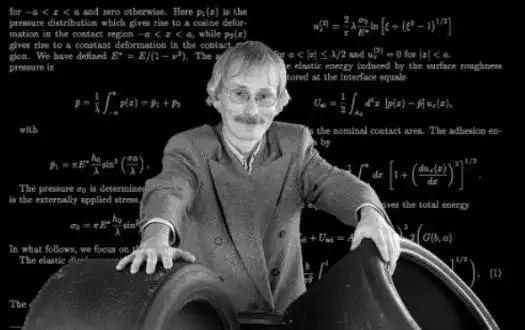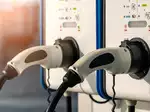Yokohama Rubber unveils model for predicting rubber wear on uneven surfaces

The research was highlighted as the cover story in the February 21, 2025, issue of 'The Journal of Chemical Physics.' The Japanese company aims to use this model to develop tires with improved wear resistance and address environmental concerns related to tire wear, particularly from electric vehicles.
Dr. Persson's expertise lies in contact mechanics, friction, wear, and lubrication, with a specific focus on rubber friction. He is affiliated with the Peter Grunberg Institute (Germany), the Lanzhou Institute of Chemical Physics (China), and Multiscale Consulting (Germany).
Dr. Persson’s work has been widely published in peer-reviewed journals and validated by other scientists, demonstrating its effectiveness in various applications.
The result is the first theoretical model addressing multiscale rubber wear behavior, ranging from nanometers to centimeters, on uneven road surfaces. Previous attempts to theorise this complex interaction have been unsuccessful.
Successful validation and future research directions
Under Yokohama Rubber’s three-year (2024–2026) medium-term management plan, Yokohama Transformation 2026 (YX2026), Yokohama Rubber is implementing technology and production strategies based on a motto of “low cost, speedy development of quality products” that will strengthen the entire Yokohama Rubber Group.”
Experiments were conducted to validate the model, simulating real-world conditions. These tests measured rubber wear under dry and wet conditions, varying contact pressures and sliding speeds. The results showed a strong correlation between the model's predictions of wear rates (mass loss per unit of sliding distance) and the size distribution of wear particles with the experimental observations. This confirmation demonstrates the model's accuracy and predictive capabilities.
The theoretical model provides a crucial tool for understanding and predicting rubber wear. It enables the design and development of tires that can withstand the demands of modern vehicles, including heavier electric vehicles. This approach contributes to both improved tire performance and a reduction in the environmental impact of tire wear.

